Looking for a medium-sized tree, and some tree-choosing tips
jmg1717
8 years ago
last modified: 8 years ago
Featured Answer
Sort by:Oldest
Comments (26)
Related Professionals
Fillmore Landscape Architects & Landscape Designers · Lyons Landscape Architects & Landscape Designers · Otsego Landscape Architects & Landscape Designers · Aurora Landscape Contractors · Mooresville Landscape Contractors · Maple Valley Landscape Contractors · Bristol Landscape Contractors · Hannibal Landscape Contractors · New Berlin Landscape Contractors · Dale City Siding & Exteriors · Derry Siding & Exteriors · Tigard Siding & Exteriors · Lenexa Decks, Patios & Outdoor Enclosures · Universal City Decks, Patios & Outdoor Enclosures · Highland Decks, Patios & Outdoor Enclosuresjmg1717
8 years agojmg1717
8 years agojmg1717
8 years agoedlincoln
8 years agohamburglar1
8 years agowoodnative
8 years agolast modified: 8 years agowoodnative
8 years agomaackia
8 years agowoodnative
8 years ago
Related Stories

CHRISTMASReal vs. Fake: How to Choose the Right Christmas Tree
Pitting flexibility and ease against cost and the environment can leave anyone flummoxed. This Christmas tree breakdown can help
Full Story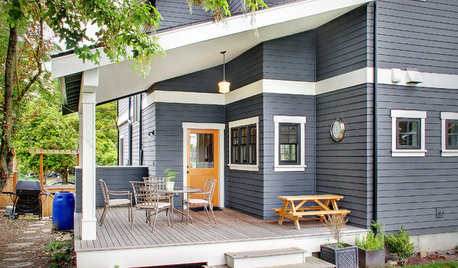
EXTERIORS5 Easy Tips for Choosing Your Exterior Paint Palette
Make your home the talk of the neighborhood — in a good way — with an exterior paint scheme that pops
Full Story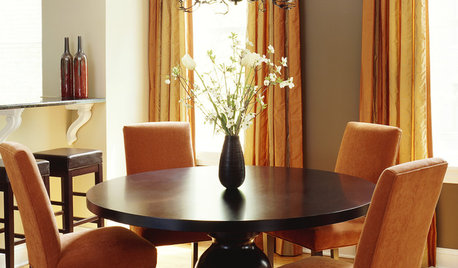
GRAYGoing Greige: Tips for Choosing This All-Around Neutral
Here are some ways to highlight and complement your home with this elegant hybrid of gray and beige
Full Story
LANDSCAPE DESIGNPretty Trees for Patios, Paths and Other Tight Spots
Choose trees for their size, shape and rate of growth — or shape them to fit your space. Here's how to get started
Full Story
HOLIDAYSHow to Care for Your Christmas Tree
Keep your tree looking lush until the last ornament is packed away with these tips for watering, using stands and more
Full Story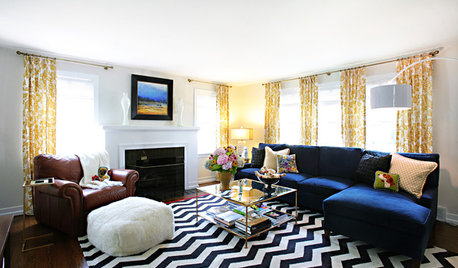
DECORATING GUIDESSix Tips for Choosing the Perfect Sofa
Here's How to Get the Big, Comfy Couch You Really Want
Full Story
SPRING GARDENING7 Spectacular and Practical Spring-Flowering Trees
Put on a beauteous show in the garden with a landscape tree awash in flowers — just do your homework first
Full Story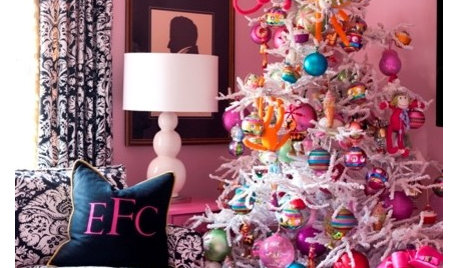
Christmas Trees That Wow
Grab up some last-minute decorating ideas from these gloriously colorful, creative trees
Full Story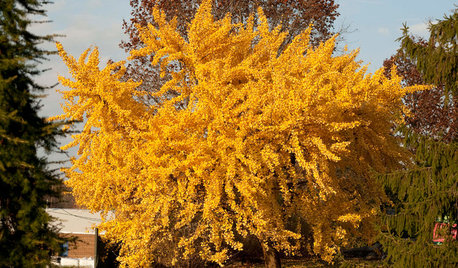
TREESTop 5 Trees for Fall Color in California
Bring a glorious sight to the landscape this autumn with one of these beauties that thrive in mild climates
Full Story
FALL GARDENING11 Trees for Brilliant Fall Color
Give your landscape the quintessential look of autumn with the red, orange and yellow leaves of these standouts
Full Story





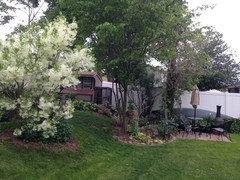





Toronado3800 Zone 6 St Louis